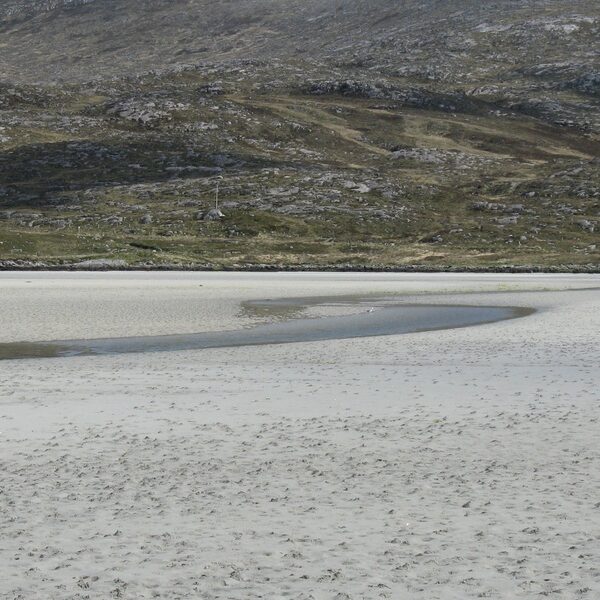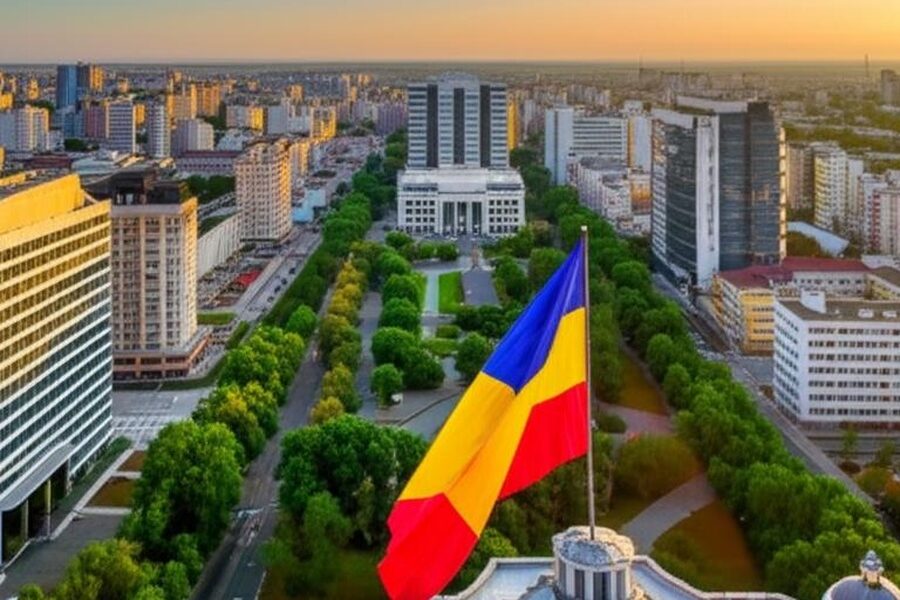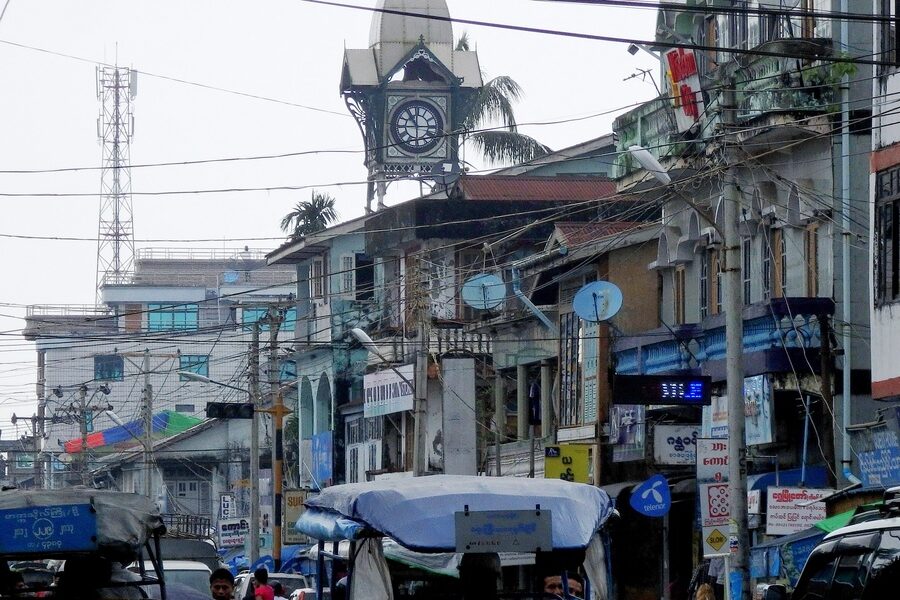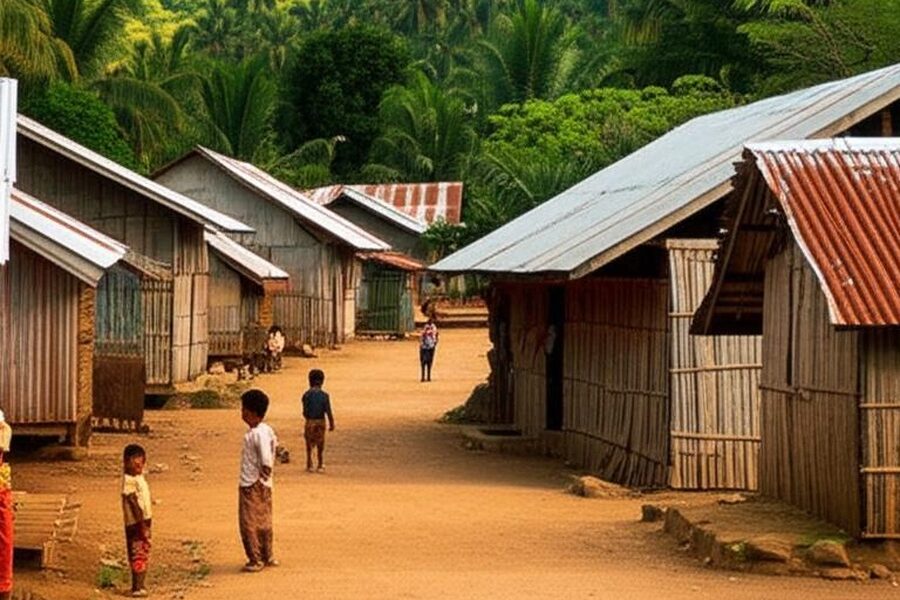Europe’s economic map is full of contrasts: wealthy capitals and smaller nations working to expand opportunity. Looking at low-income countries side by side helps highlight common challenges like limited industry, migration, and investment needs.
There are 20 Poorest European Countries, ranging from Albania to Ukraine. For each entry you’ll find below Flag,GDP per capita (PPP, USD),Population (people) so you can compare symbols, living‑standard estimates, and scale at a glance.
How is “poorest” defined in this list?
The ranking uses GDP per capita (PPP) as the primary measure, because it adjusts for cost of living and better reflects average income. That said, GDP per capita doesn’t capture inequality, regional differences, or informal economies, so consider population size and local context when interpreting a country’s position.
How current and reliable are the figures?
Data are drawn from recent international databases (IMF, World Bank, national statistics) but may reflect the latest available estimates rather than real‑time changes; figures like GDP per capita (PPP) are revised periodically, so check the source notes below the table for the exact year and methodology.
Poorest European Countries
| Country | Flag | GDP per capita (PPP, USD) | Population (people) |
|---|---|---|---|
| Ukraine | 🇺🇦 | 10,410 (2024, IMF) | 38,000,000 (2023 est.) |
| Moldova | 🇲🇩 | 16,940 (2024, IMF) | 2,538,537 (2022) |
| Albania | 🇦🇱 | 20,840 (2024, IMF) | 2,793,592 (2022) |
| Bosnia and Herzegovina | 🇧🇦 | 21,200 (2024, IMF) | 3,233,525 (2022) |
| North Macedonia | 🇲🇰 | 22,030 (2024, IMF) | 2,056,580 (2022) |
| Belarus | 🇧🇾 | 23,240 (2024, IMF) | 9,255,524 (2022) |
| Serbia | 🇷🇸 | 25,600 (2024, IMF) | 7,149,077 (2022) |
| Montenegro | 🇲🇪 | 28,640 (2024, IMF) | 619,211 (2022) |
| Bulgaria | 🇧🇬 | 32,320 (2024, IMF) | 6,520,314 (2022) |
| Russia | 🇷🇺 | 38,290 (2024, IMF) | 143,555,754 (2022) |
| Turkey | 🇹🇷 | 41,100 (2024, IMF) | 85,279,553 (2022) |
| Romania | 🇷🇴 | 41,140 (2024, IMF) | 19,119,880 (2022) |
| Croatia | 🇭🇷 | 41,810 (2024, IMF) | 3,888,529 (2022) |
| Greece | 🇬🇷 | 42,820 (2024, IMF) | 10,482,460 (2022) |
| Latvia | 🇱🇻 | 42,970 (2024, IMF) | 1,784,402 (2022) |
| Slovakia | 🇸🇰 | 45,520 (2024, IMF) | 5,428,792 (2022) |
| Hungary | 🇭🇺 | 45,830 (2024, IMF) | 9,643,011 (2022) |
| Portugal | 🇵🇹 | 48,630 (2024, IMF) | 10,223,349 (2022) |
| Poland | 🇵🇱 | 49,080 (2024, IMF) | 37,648,341 (2022) |
| Estonia | 🇪🇪 | 49,910 (2024, IMF) | 1,331,796 (2022) |
Images and Descriptions

Ukraine
War-torn nation, its economy is devastated by the 2022 invasion. Once a major industrial hub, constant attacks on its infrastructure have led to a collapse in output and living standards, making it Europe’s poorest country by a large margin.
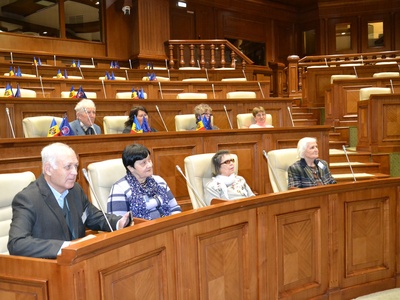
Moldova
This landlocked Eastern European nation struggles with political instability and a reliance on agriculture. Its economy is heavily impacted by its proximity to the war in Ukraine and its dependence on external energy sources, which hinders development.
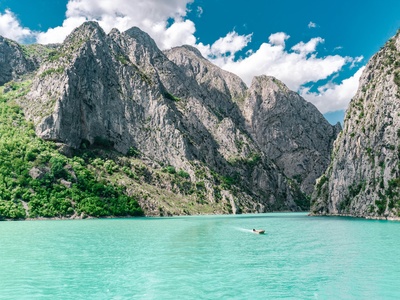
Albania
Located in the Western Balkans, Albania is recovering from decades of isolationist communist rule. While its economy is growing, driven by tourism, it started from a very low base and still faces challenges with infrastructure and governance.

Bosnia and Herzegovina
A Balkan country with a complex political system established after the Yugoslav Wars. High unemployment, political divisions, and a significant “brain drain” of its skilled workforce are major obstacles to sustained economic growth and prosperity.
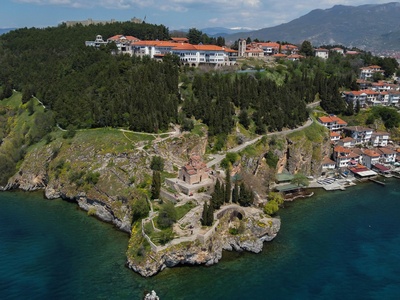
North Macedonia
This landlocked Balkan nation is an EU candidate, but its economic progress is hampered by political challenges and slow structural reforms. It remains one of Europe’s lower-income countries, working to attract investment and integrate with larger markets.
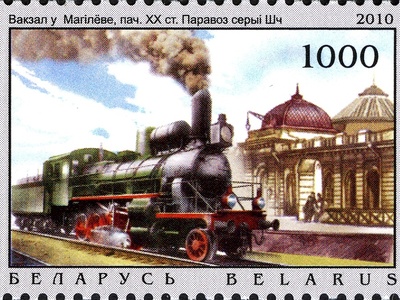
Belarus
A state-controlled economy in Eastern Europe, heavily reliant on Russia. International sanctions over human rights and support for the invasion of Ukraine have further isolated the country, stifling private enterprise and long-term growth prospects.
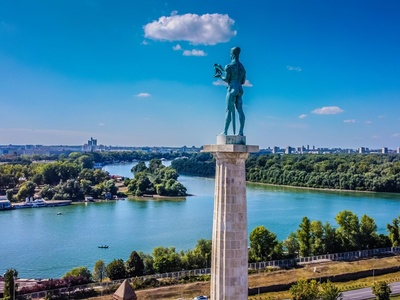
Serbia
The largest economy in the Western Balkans, Serbia is still transitioning from its socialist past and the conflicts of the 1990s. While attracting investment, issues like corruption and rule of law slow its convergence with EU income levels.
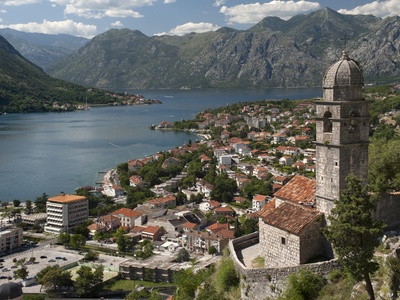
Montenegro
A small Adriatic nation with a tourism-dependent economy. While its coastal beauty attracts visitors, its reliance on a single sector makes it vulnerable to shocks. High public debt and a need for economic diversification are key challenges.

Bulgaria
An EU member since 2007, Bulgaria remains the bloc’s poorest country. It grapples with demographic decline and corruption, but EU membership has provided stability and driven some convergence with the European average.

Russia
Despite vast natural resources, Russia’s economy is strained by international sanctions, a costly war, and institutional weakness. Its per capita income is well below that of Western Europe, reflecting an over-reliance on commodity exports.
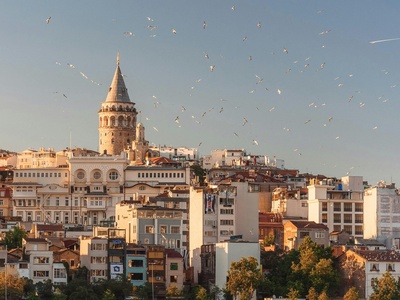
Turkey
A major transcontinental economy at the crossroads of Europe and Asia. While it has a dynamic industrial base, chronic high inflation, currency instability, and an unorthodox economic policy have eroded purchasing power and created significant economic challenges.
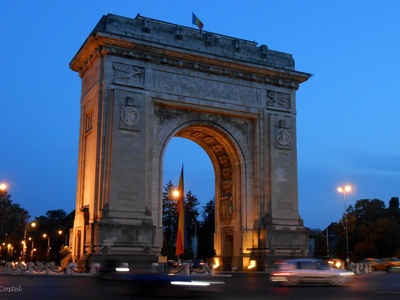
Romania
As one of the EU’s poorer members, Romania has experienced strong economic growth since joining in 2007. However, significant regional disparities, infrastructure gaps, and persistent corruption issues continue to hold back its full potential.
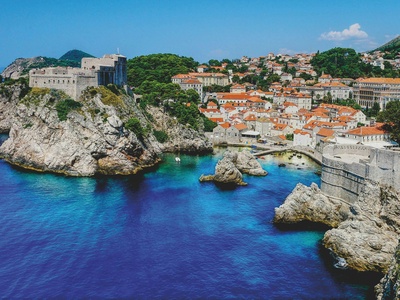
Croatia
A recent member of the Eurozone, Croatia has an economy largely driven by its booming tourism sector. Nevertheless, it faces demographic challenges from emigration, and its income levels are still catching up to the EU average.

Greece
A Southern European nation still recovering from a severe sovereign debt crisis. While the economy is growing again and unemployment is falling, its GDP per capita remains significantly below its pre-crisis peak and the broader EU average.
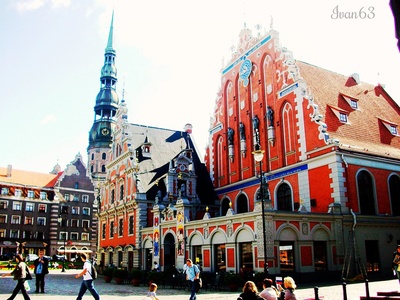
Latvia
A Baltic state that has successfully transitioned to a market economy since regaining independence. Despite rapid growth, its income levels are still converging towards the Western European average, and it faces demographic challenges from an aging population.
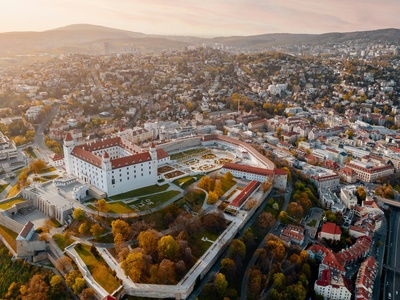
Slovakia
A Central European manufacturing hub, particularly for the automotive industry. Its economy is well-integrated with the EU but remains sensitive to external demand. Closing the income gap with its Western neighbors is a key priority.
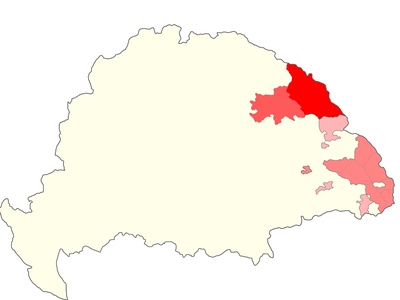
Hungary
A Central European country with a strong manufacturing sector. Its economy has faced headwinds from high inflation and disputes with the EU over rule-of-law issues, which have impacted investment and access to EU funds.
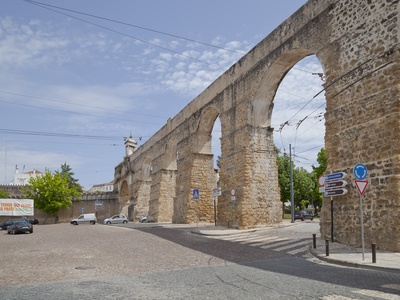
Portugal
A Western European nation that has rebounded from the Eurozone debt crisis. Its economy is now more diversified, with a growing tech and tourism scene, but wages and productivity still lag behind the wealthier countries of Northern Europe.
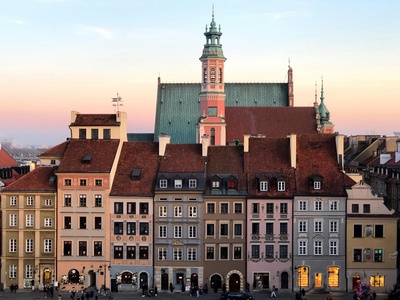
Poland
One of Europe’s post-communist success stories, Poland has experienced nearly three decades of strong growth. Its large, diversified economy is rapidly converging with the EU average, though regional disparities remain a factor.
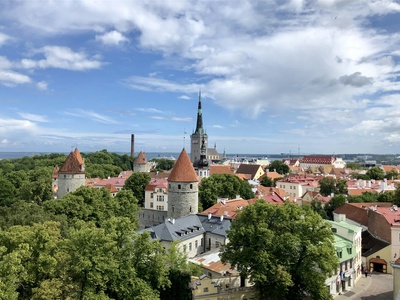
Estonia
A Baltic pioneer in technology and e-governance, Estonia has a modern, high-income economy. While prosperous among post-Soviet states, its per capita income is still in the process of catching up to its Nordic neighbors and Western Europe.



